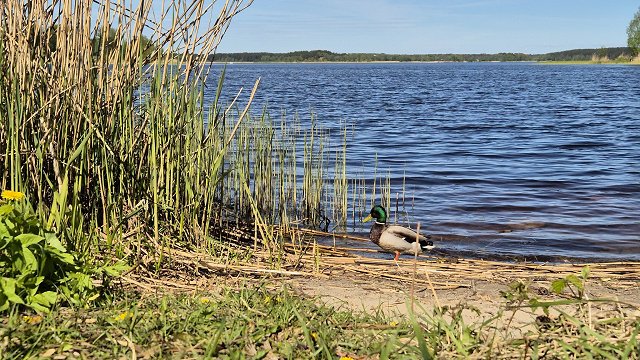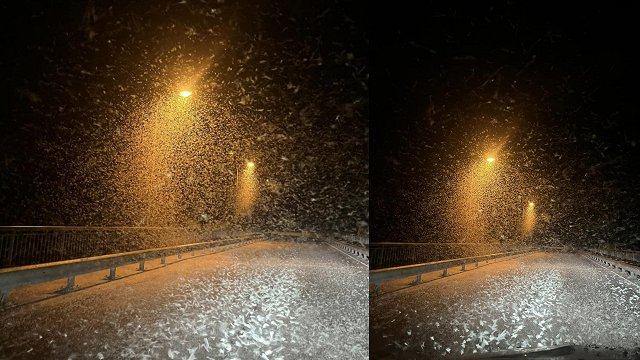The 28-meter high Siksala tower was built in the 1980s. Last year it was deemed unsafe for visitors and closed. The restoration of the tower was carried out with the financial support of the Latvian Environmental Protection Fund, with total costs reaching 17,825 euros. Repair works were carried out by SIA "Premium Properties".
Regīna Indriķe, of the Latgale regional administration of the Nature Protection Board, said: "Of course, the ravages of time had seriously affected this tower, which is a metal structure, but it has quite a lot of wooden parts, the glazed windows had to be changed as well. Now there is also an information stand on the upper floor and a display of the surrounding territory, complemented by drawings by artist Daina Segliņa about the inhabitants of the Teiču swamp."
The Siksala Tower is a popular tourist destination due to its rich and unspoiled nature and views. From this vantage point a wide landscape of the high marsh with Lake Siksala, islets and the village of Siksala are visible. Here, after the reform of the Russian Orthodox Church in the 17th century, a group of Old Believers settled down, creating a community with their own traditions and way of life, though little has survived to this day.
The Teiču nature reserve, including Siksala, is open to visitors from June 1 to October 31 if accompanied by an employee of the Nature Protection Board, and during this time visitors will be able to visit the renovated observation tower.
The Teiču bog is recognized as one of the largest intact moss bogs in the Baltics and there are lookout towers and boardwalks in several places in the nature reserve. The Teiču Nature Reserve is an important object for global nature conservation. It is included in the lists of places important for birds, wetlands of international importance and "Natura 2000" territories.





























